How Rwanda is fighting malaria in a lab
Rwanda’s entomology lab plays a critical role in the country's malaria control efforts, including in addressing malaria parasite resistance and the potential spread of the disease due to climate change.
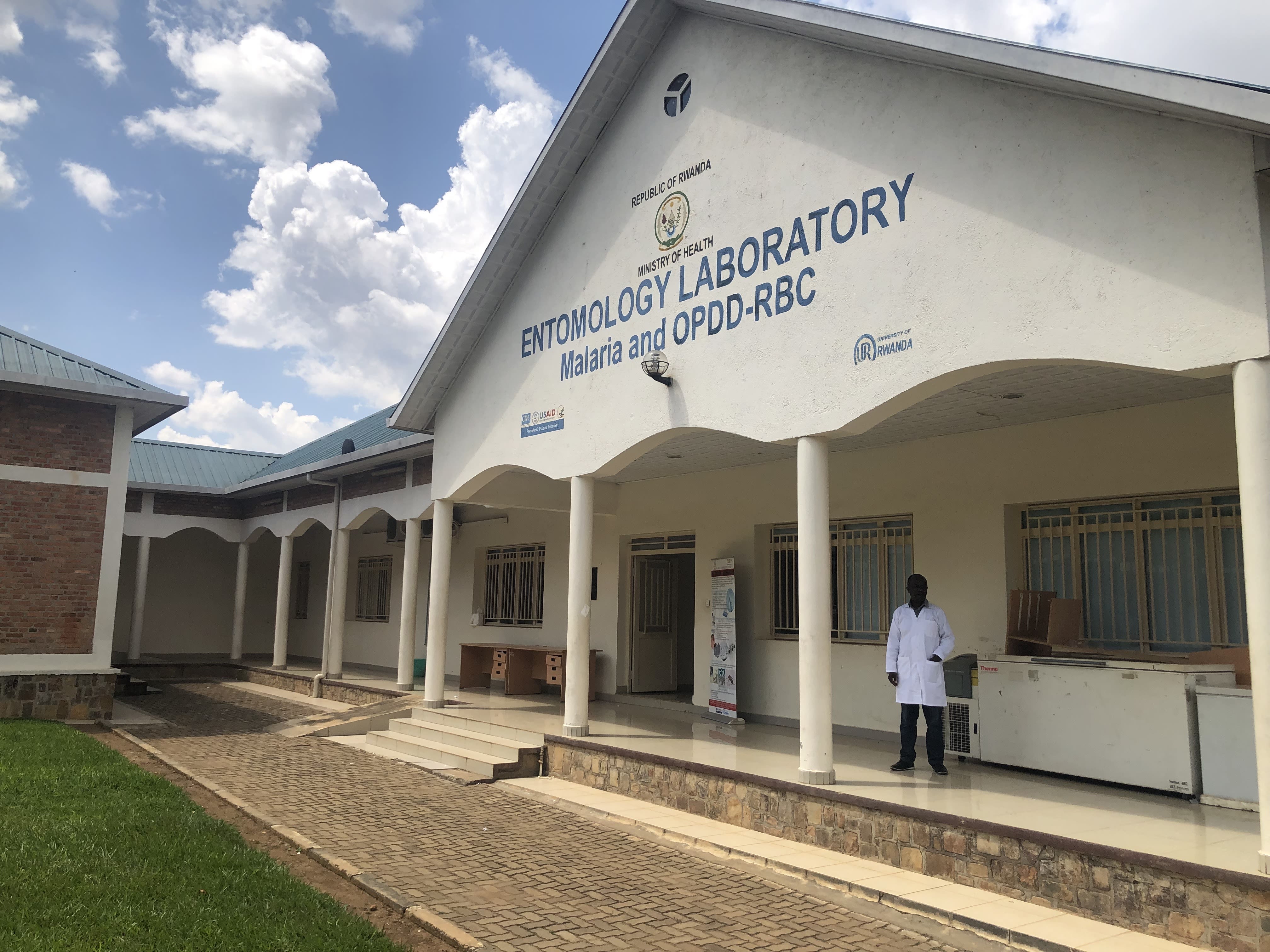
A huge cabinet made up of small, box-shaped drawers labeled by month and district lines the hallway of Rwanda’s main entomology laboratory in Kigali. Inside the drawers are thousands of mosquito samples waiting to be reviewed by lab scientists who play a critical role in the country’s malaria control program.
Every part of the mosquito is tested in the lab: the legs and wings for DNA, the abdomen for blood to help scientists identify what they fed on, and the head and thorax to identify the parasite.
This helps them determine where malaria is in transmission, what vector and parasite is circulating, and whether the intervention the country is using to stem transmission is still useful or no longer working..
“If it's not working, it's time to change, to think on what tool should be appropriate to use in different environmental settings,” Dunia Munyakanage, vector control supervisor at the lab, told a handful of journalists touring the lab in mid-March.

A cabinet of mosquito samples.
A cabinet of mosquito samples.
Malaria is an ancient disease that has plagued humans for millennia. Nearly half of the world’s people are at risk of contracting the disease, but the bulk of cases and deaths take place in Africa, where the deadliest malaria parasite, Plasmodium falciparum, is widespread.
Over the years, scientists have discovered and developed drugs and other interventions to prevent and treat malaria, including insecticides sprayed on walls and bed nets, and most recently, vaccines. However, not one, but rather a combination of these tools is needed to stop further transmission of malaria and eliminate it completely.
Malaria parasites are notorious tricksters. They are known to evade the immune system, have a complex life cycle that makes it difficult to treat and eradicate them, and once inside the body they use mechanisms that attract other mosquitoes to bite, leading to more parasite-carrying mosquitoes and increased transmission. They also can develop resistance to drugs. Rwanda was the first country in Africa to confirm partial resistance to artemisinin, the wonder drug for which most antimalarial treatments are based.
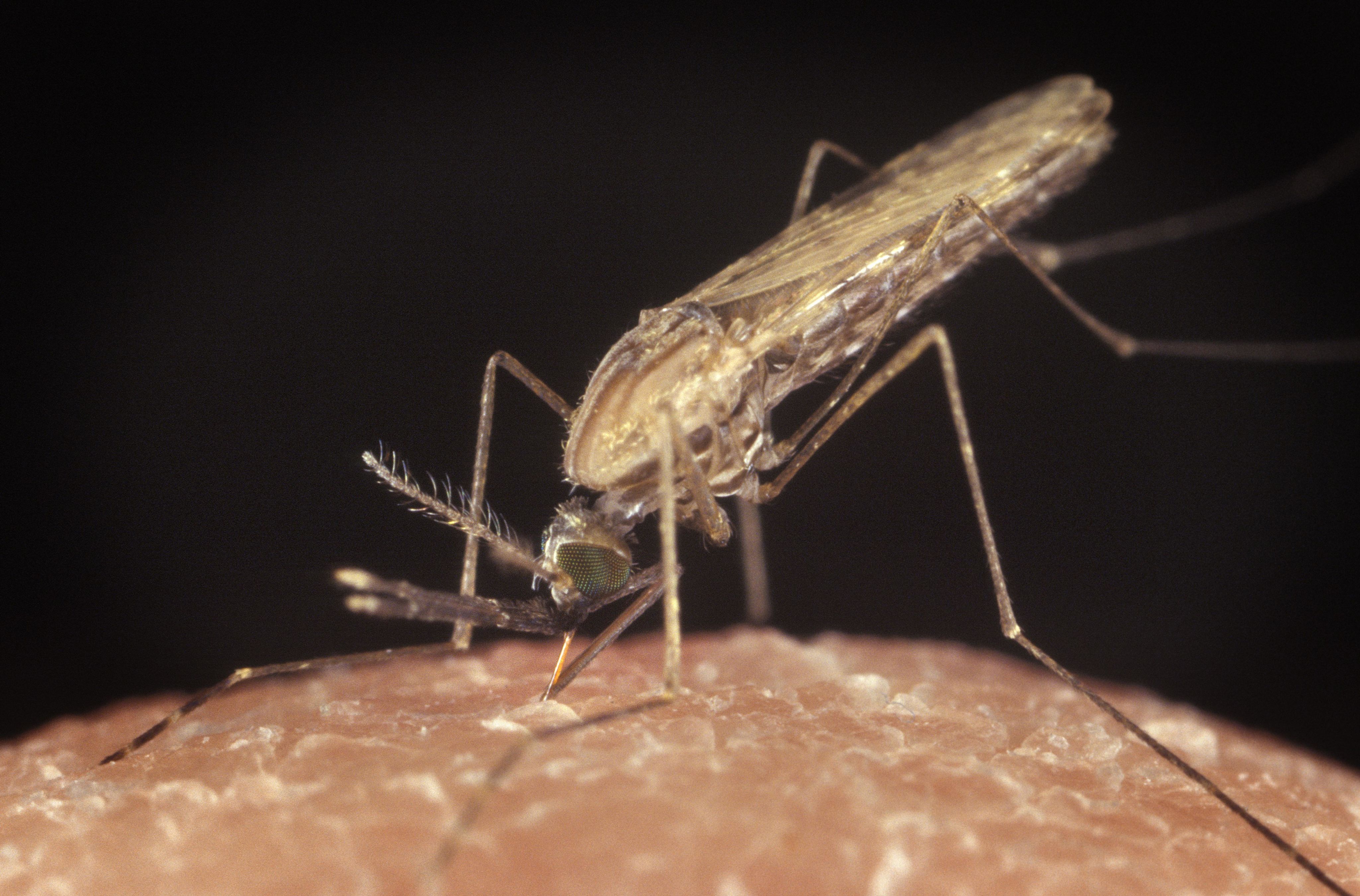
The Anopheles gambiae mosquito is a known malaria vector of the parasite known to cause this disease. Source: Alamy
The Anopheles gambiae mosquito is a known malaria vector of the parasite known to cause this disease. Source: Alamy
Malaria vectors are also known to be clever and opportunistic, with their ability to adapt and survive. Researchers find that some mosquitoes are now biting in the morning and biting outdoors, when and where vector control interventions such as insecticide-treated bed nets and sprays are not in use.
In Rwanda, Munyakanage said they used to collect mostly the mosquito species Anopheles gambiae sensu stricto in the field. But they’ve observed the mosquito species called Anopheles arabiensis, which likes to bite both indoors and outdoors, is now the dominant malaria vector in high-transmission districts. It would bite anything with blood — not just humans — “to survive.”
“We have killed many of these [Anopheles gambiae sensu stricto], and we are now struggling with these [Anopheles arabiensis],” he said.
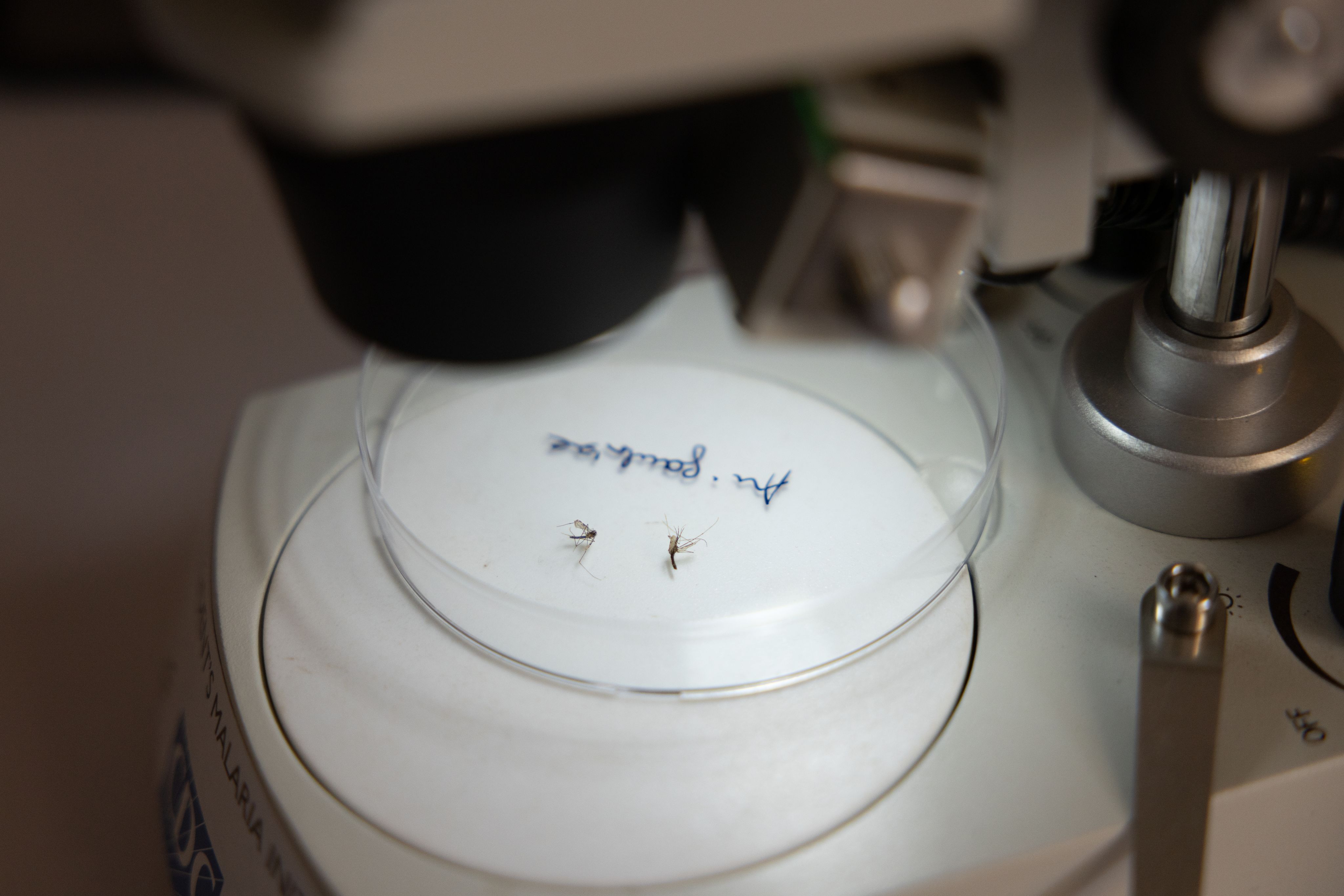
A herculean effort
To study the mosquitoes, scientists first need to catch them. In Rwanda, they employ three main methods for collecting mosquitoes, including the use of light traps and pyrethrum sprays — insecticides used to kill mosquitoes indoors. But the gold standard is using humans as bait, as mosquitoes are attracted to carbon dioxide, according to Munyakanage.
“Somebody sits outside and another one inside the house. And then [they] use [their] legs [as bait to attract the mosquitoes],” he explained. The men are given the tools to capture the mosquito and are trained to do this type of work, he added.
These methods helped the lab collect 100,000 mosquitoes including around 14,000 anopheles mosquitoes in 2023, according to Munyakanage. But collecting them is just one part of the story. The lab and its many sentinel sites across the country help identify if there’s local transmission of malaria, changes in vector behavior, insecticide resistance, as well as changes in temperature, humidity, and rainfall, which can have an impact on malaria transmission.
This served the country well when it experienced an upsurge in malaria cases more than a decade ago. Rwanda was at the cusp of eliminating malaria in 2010. But it experienced a surge in cases, reaching a peak of more than 400 cases per 1,000 of the population by 2016. That year, the country recorded nearly 5 million cases of malaria.
Dr. Aimable Mbituyumuremyi, national malaria program manager at the Rwanda Biomedical Centre, under which the laboratory operates, attributed the uptick in cases to climate change, low coverage in malaria control interventions, mosquito resistance to insecticides, and a drop in population immunity to malaria after years of nonexposure. Construction sites such as for irrigation and mining activities where there is stagnant water also became fertile ground for mosquito breeding and contributed to the upsurge in cases.
The lab and its many sentinel sites across the country helped identify most of those factors, according to Munyakanage.
“When we talk about insecticide resistance, that is not something you can see if you don't have an entomological lab,” he said.
“If you don't have a lab, then you are like a blind person. You can only guess.”

The data allowed the government to identify high-burden areas and where there is mosquito resistance to insecticides, helping them to target their interventions. They deployed new nets that contain other insecticides in areas where pyrethroid resistance has been documented, and indoor spraying in districts that account for 75% of the national malaria burden.
The government also engaged communities, sought the assistance of civil society organizations, and deployed community health workers to help manage malaria not just among children, but also among adults in every district of the country. Today, community health workers are managing around 60% of all malaria cases in the country for free.
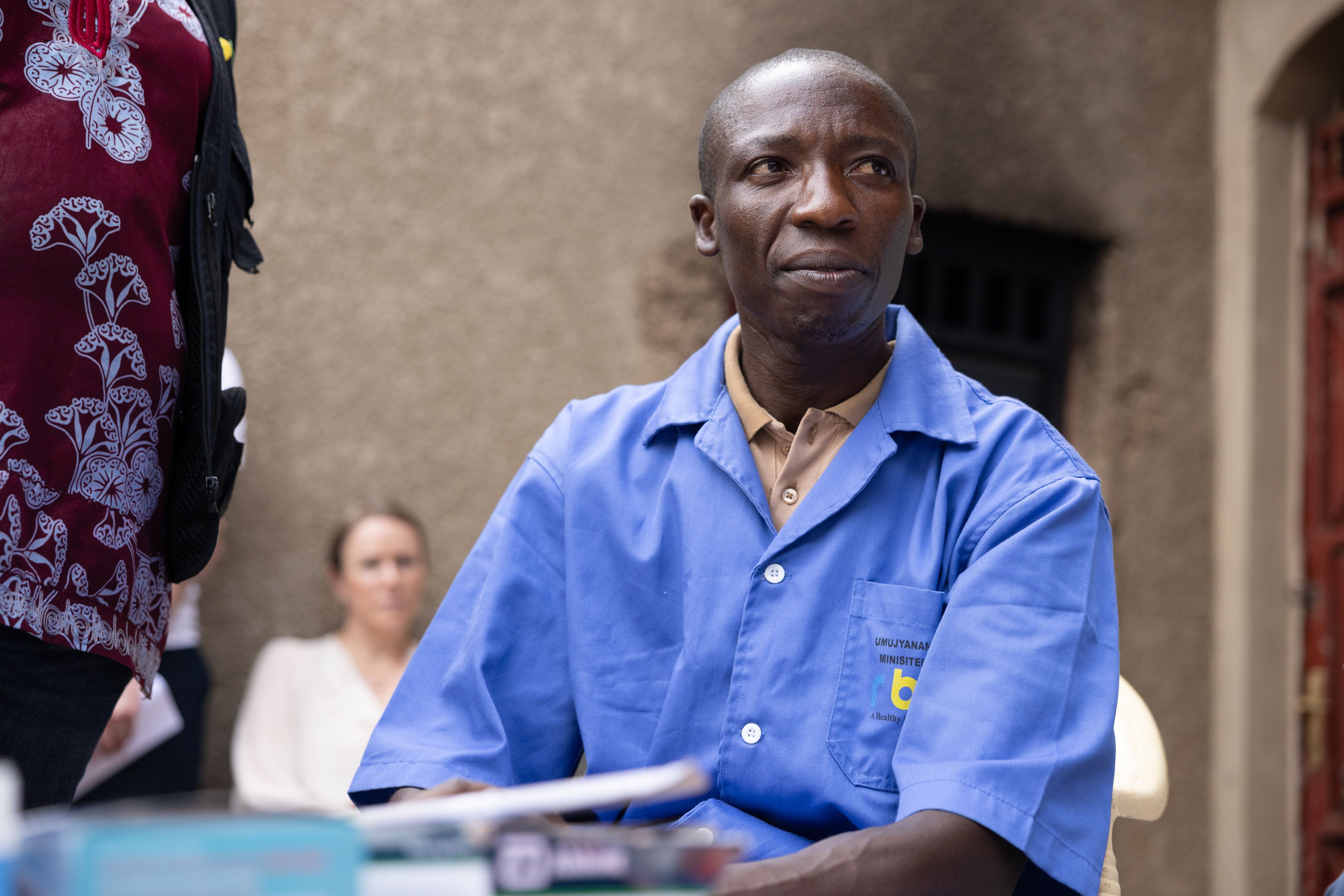
Pascal Mbanzagukeba, a community health worker in Ruhuha, Bugesera district in Rwanda. He helps manage malaria in his community.
Pascal Mbanzagukeba, a community health worker in Ruhuha, Bugesera district in Rwanda. He helps manage malaria in his community.
The strategy worked. Malaria cases dropped to 600,000, severe cases declined from 14,000 to 1,316 cases, and deaths fell from 500 to just 51 in 2023, according to Mbituyumuremyi. Rwanda is now one of the few countries in Africa on track to meet the World Health Organization target of 75% reduction in malaria case incidence by 2025.
Funding challenges
But sustaining all of this work requires funding.
Indoor insecticide spraying is an effective vector control intervention, but it is expensive. Indoor spraying in one district alone costs $2 million per year. That adds up to $24 million per year when covering all target districts in the country, Mbituyumuremyi said.
While the government contributes to this work, a large part of the malaria program is still funded by external donors. For example, with indoor residual spraying, or IRS, Munyakanage estimates about 80% of the funding comes from external sources, such as the U.S. President’s Malaria Initiative and the Global Fund to Fight AIDS, Tuberculosis and Malaria. And yet, the funding isn’t enough to cover all areas, he said.
“[The] problem is that we don't reach all the areas that we think we could intervene. When we have a static envelope from donors and a static envelope from the government, there are areas that we see that we could intervene, but because we don't have flexibility of the envelope, then those areas are not part of, for example, the IRS program,” Munyakanage said.
Another concern is if and when donors stop funding the program.
“When they decide that we are not funding anymore, then we might find ourselves in a trap,” he said.
Munyakanage said they’ve been advocating for the use of larviciding, a mosquito control intervention that applies insecticide in marshlands to kill mosquito larvae before they become adults and serve as disease vectors. Many marshlands in the country have been reclaimed for rice cultivation, making them fertile ground for mosquito breeding, he said.

Adult anopheles mosquitoes. The lab also educates communities about malaria.
Adult anopheles mosquitoes. The lab also educates communities about malaria.
Larviciding is part of the country’s strategic plan, which aims to halve the country's malaria morbidity and mortality this year compared to 2019 levels. They've done a pilot of it in Kigali with the use of drones and plan to scale that up with funding from the Global Fund, which recently approved additional funding for larviciding.
"We cannot eliminate malaria only with IRS and mosquito nets. That’s impossible," Munyakanage said.
Larviciding is one of the additional vector-control interventions they’ve wanted to deploy to address the Anopheles arabiensis species, which are “very difficult” to control, as “they will find you anywhere,” he explained. While they remain nocturnal — they bite at night — they evade most vector-control interventions in Rwanda, which are implemented indoors.
He suspects Anopheles arabiensis mosquito species are contributing to the residual transmission of malaria in areas where they’ve already deployed major interventions for malaria-vector control such as bed nets and indoor residual spraying.
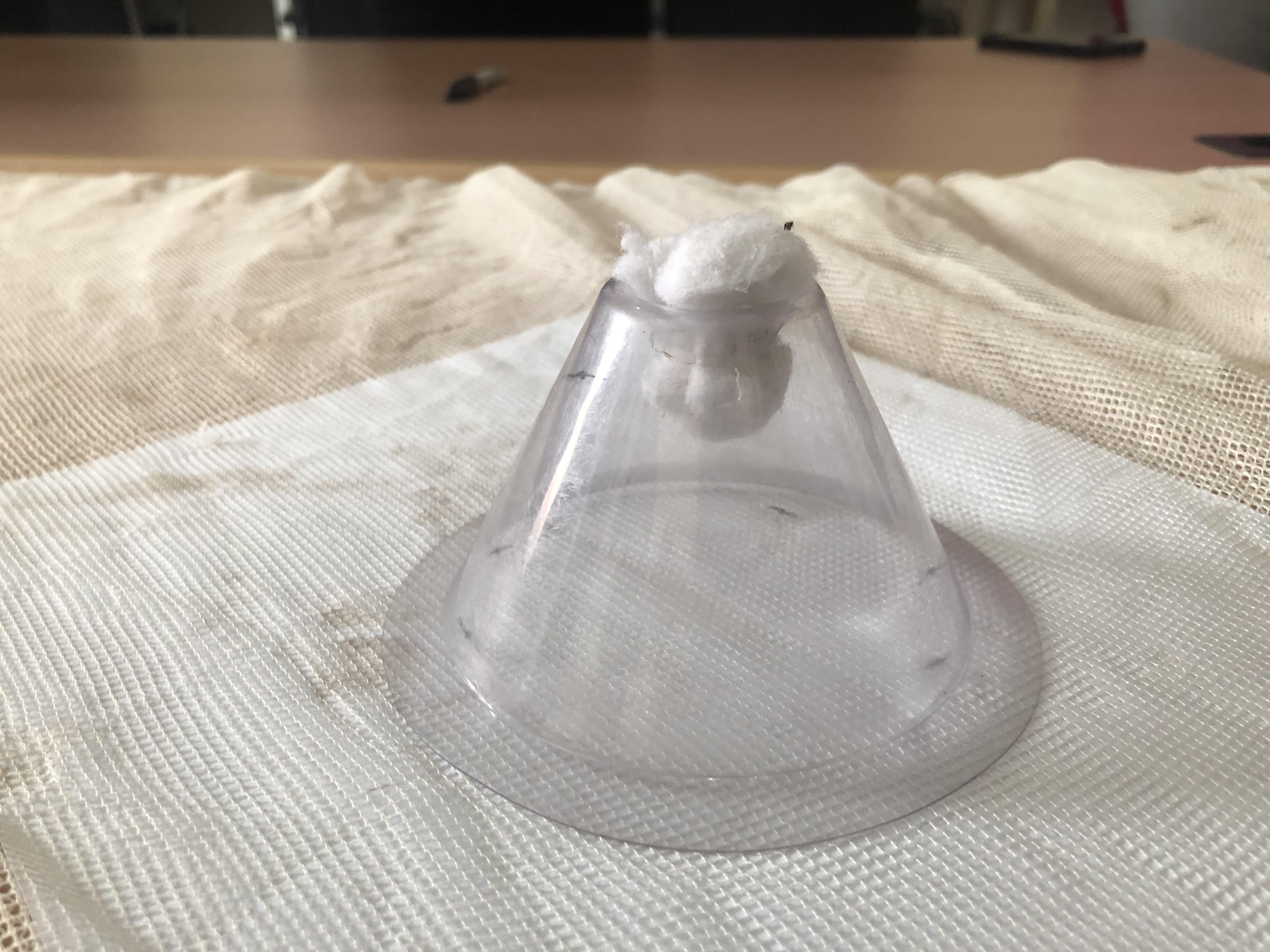
Anopheles mosquitoes trapped in an insecticide-treated bed net. The lab regularly tests the vector control tools they have in the field to know if they still work and how long they work.
Anopheles mosquitoes trapped in an insecticide-treated bed net. The lab regularly tests the vector control tools they have in the field to know if they still work, and how long they work.
Munyakanage said they have submitted a paper to the Malaria Journal on the result of their larviciding pilot, which he said showed more than 90% reduction in the densities of mosquito larvae and adults where they conducted it. Ten months is too short a time to really get good data, but he’s hoping it can be used as evidence of the use of larviciding for malaria control in the country. He said a paper will also be published “very soon” showing community acceptance of the intervention.
“For larviciding, you need to implement it for maybe more than two years to get really, really good data on that. But [from] our entomological point of view, [the] evidence is out there,” he said.
Tackling new threats

In 2021, a study carried out by researchers from the Rwanda Biomedical Centre, the U.S. Centers for Disease Control and Prevention, and the U.S. Agency for International Development found evidence of delayed parasite clearance in patients given artemisinin-based treatments, a sign that partial resistance to artemisinin is taking place in the country.
While only four countries in the continent so far have confirmed partial resistance to artemisinin, experts are calling for more vigilance in monitoring and preventing its further spread. Africa is heavily reliant on artemisinin-based treatments and no other alternatives are presently available if current treatments fail — although efforts are underway to develop new drugs.
Treatment failure could have dire consequences. Modeling by researchers from Imperial College London in 2016 suggested that widespread resistance to artemisinin and its partner drug in Africa would result in an estimated 16 million more cases of malaria and nearly 80,000 additional deaths from the disease per year. The economic impact of that on the continent is estimated to cost $1 billion.
Climate change is another looming challenge for the country and the wider continent.
Malaria is known to be climate-sensitive. According to WHO, temperature, humidity, and rainfall affect both malaria parasites and vector mosquitoes. Changes to these climatic factors can affect mosquito larval development and survival, the development of the malaria parasite, as well as biting rate, thereby influencing transmission. But the result could go both ways.
Malaria transmission occurs within specific temperatures and humidity. According to Dr. Emmanuel Hakizimana, director of vector control and entomology surveillance at RBC, transmission mainly occurs in temperatures between 16 degrees Celsius and 35 degrees Celsius, and when humidity is between 60% and 80%.
In areas where temperatures exceed 35 C, mosquitoes are unlikely to survive and such areas may in turn experience reduced malaria transmission. But malaria-free areas that experience temperature increases that fall within this range could see an increase in transmission. Without prevention measures in place, he said a 1 C temperature increase may lead to a 23% increase in malaria incidence rate.
In Rwanda, temperature increases have put the entire country at risk of malaria, according to Hakizimana.
“From 1992 we found that the country-wide is at high risk because of the increasing temperature,” he said, noting the country has experienced a temperature increase of around 2 C since.
“That means now the entire country is at risk of malaria. We are approaching the optimum temperature of around 20 degrees [Celsius],” he added.

The entomology laboratory in Kigali.
The entomology laboratory in Kigali.
Here the lab plays a significant role. Through data collection, the lab identifies changes in temperature, rainfall, and humidity that could create favorable conditions for malaria transmission. This information is then used to warn the government about potential outbreaks, especially in previously malaria-free areas.
But Munyakanage admits it’s a difficult challenge.
“What we are doing is to advocate and recommend the right tools to prevent people from mosquito bites … [and for] malaria vector control not to be exclusively [the work of] the ministry of health,” Munyakanage said. “But climate change, I think it's really a hard thing.”
EDITOR'S NOTE
Novartis facilitated Devex's travel and logistics for this reporting. Devex retains full editorial independence and control of the content.
Photos by Jenny Lei Ravelo and Christian Kayiteshonga.
Produced by Patricia Guerrero.